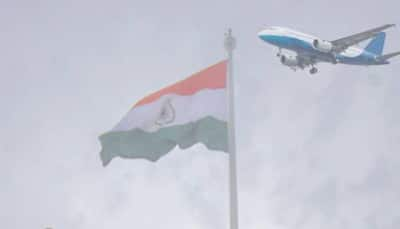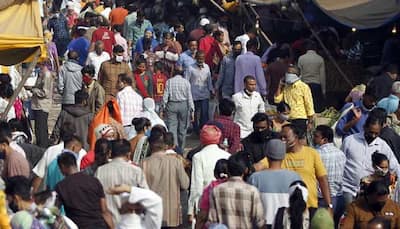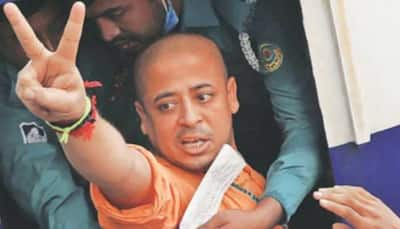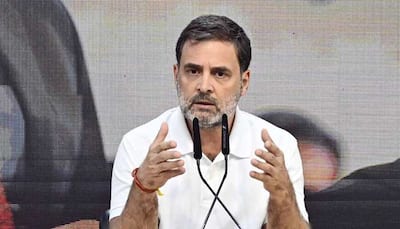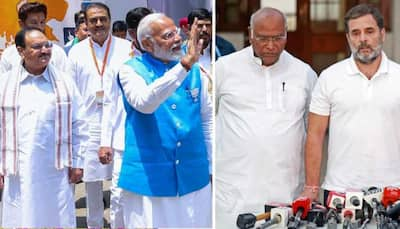Caste Census: A major decision was taken in the country today—one that is expected to significantly impact the political landscape in the times ahead. For the first time since independence, the green light has been given for a caste-based census. This time, the government will conduct a caste census alongside the national population census. Opposition parties had been demanding this for a long time. The BJP and the RSS never opposed the idea either. According to sources, following the Pahalgam attack, the issue of caste census was also discussed between the RSS chief and the Prime Minister, alongside the sentiments of the Hindu community. After the announcement, various political parties rushed to take credit for the move. In today’s DNA, Rahul Sinha, Managing Editor, of Zee News, analysed the impact of the caste census:
DNA | आजादी के बाद पहली बार होगी जातिगत जनगणना.. समझिए, जातिगत जनगणना का क्या होगा असर?
This will be the first caste-based census in the country since independence. That’s why it is important to carefully follow this complete analysis. In the next few minutes, we’ll clear up any confusion you may have about the caste census. We’ll also explain what the caste census means and how it may affect you.
In India, the census is conducted every 10 years. The last census took place in 2011. The next was scheduled for 2021, but it was postponed due to the COVID-19 pandemic. Now, the government has officially announced the caste-based census. Until now, the census did not record an individual’s caste. The census form typically included 29 columns, collecting information such as your name, father’s name, gender, age, marital status, occupation, mother tongue, and religion. So far, data has only been collected on Scheduled Castes (SC) and Scheduled Tribes (ST).
With the caste-based census, a new column may be added to the form where individuals will state their caste. That means when the new census form reaches you, it may contain 30 columns, one of which will ask for your caste. People from all religions will be required to declare their caste in this new format.
This will be the first caste-based census in India since independence. During Manmohan Singh’s government in 2011, a Socio-Economic and Caste Census (SECC) was conducted by the Rural Development Ministry, Urban Development Ministry, and the Home Ministry. However, the data from that survey was never made public. Therefore, this can be considered the first official caste census in post-independence India.
The first-ever caste census in India was conducted by the British in 1881 and continued until 1931. A caste census was also conducted in 1941, but its data was never released. In that sense, this will be the first caste-based census in 94 years with publicly released data.
The caste-based census is expected to begin this year. It may take 12 to 18 months to complete the process and publish the data. If the census begins this year, the results could be released by late 2026 or in 2027. Under the Census Act of 1948, only SC and ST data is officially recognized. To include other castes, necessary amendments to the law may be made.
According to the 2011 census, there are 1,270 SC and 748 ST castes in India. SCs made up 16.6% of the population and STs 8.6%. Various reports estimate that within the Hindu population, there are around 3,000 castes, including 2,650 OBC castes. Caste is not limited to Hinduism; according to several reports, there are around 200 castes among Indian Muslims as well. Likewise, different castes exist within Sikh and Christian communities. The upcoming caste census will reveal the full picture. One big question that might come to your mind is whether the caste census data will lead to changes in reservation limits. It is almost certain that the data will prompt demands for reservations based on population share.
However, it’s important to note that the reservation cap in the country cannot exceed 50%. In the 1992 Indra Sawhney vs. Union of India case, a nine-judge Constitutional Bench of the Supreme Court set the upper limit of reservations at 50%. This means any change is more likely to occur within the existing framework—or could potentially spark renewed legal debate. Additionally, after the caste census, there could be changes in the delimitation of Lok Sabha constituencies. Reserved seats might be reclassified as general seats if demographic shifts are observed. However, it is now clear that the caste-based census will bring significant political changes in the days to come.
Stay informed on all the , real-time updates, and follow all the important headlines in and on Zee News.


